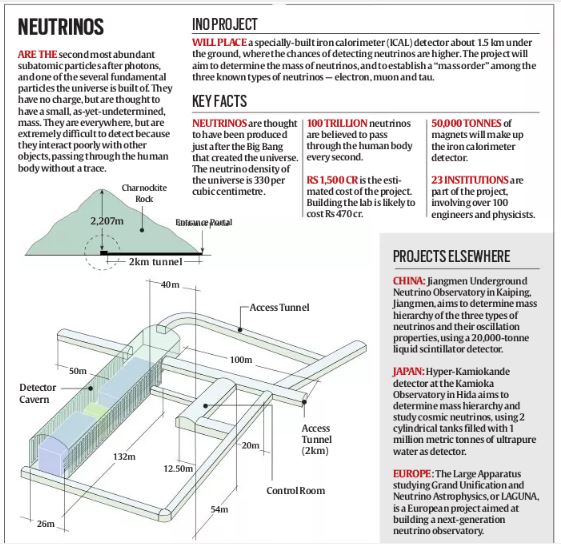7667766266
enquiry@shankarias.in
What is the issue?
What could happen now?
What is the reason behind opposition?
What are the responses from scientific community?
What is the INO project?

Source: The Hindu & The Indian Express